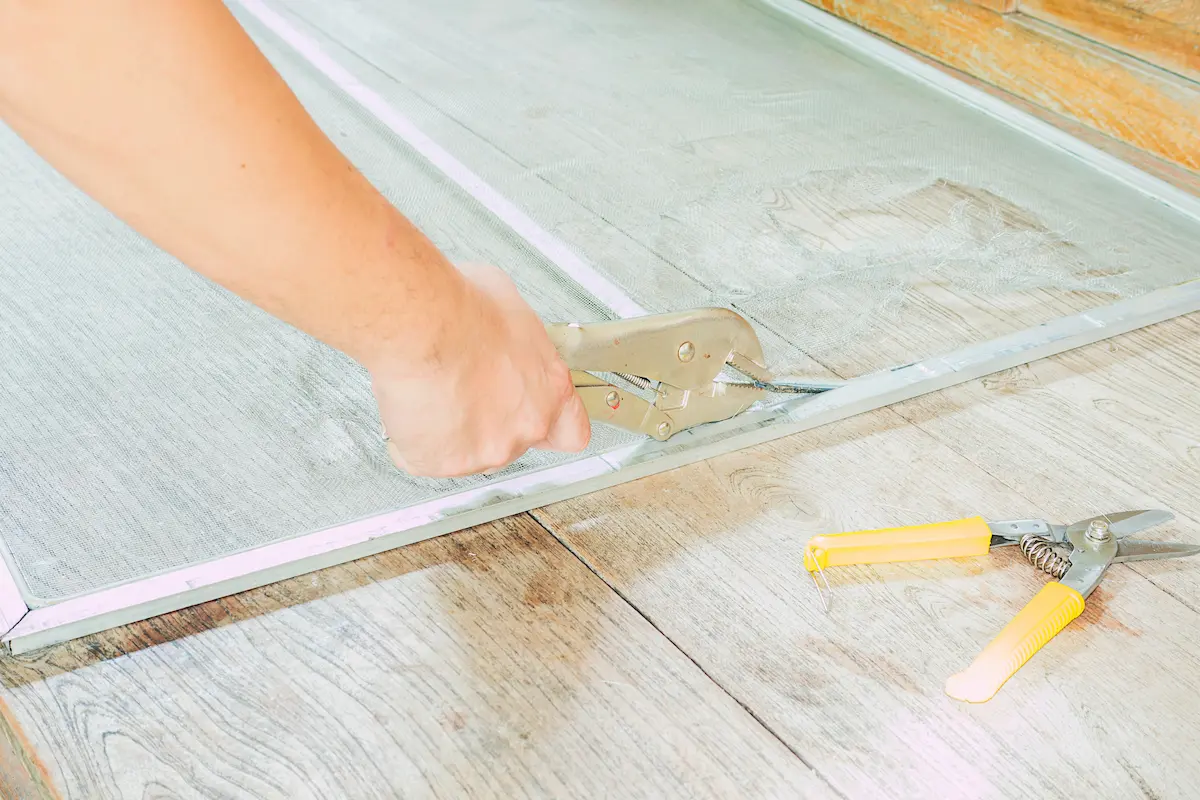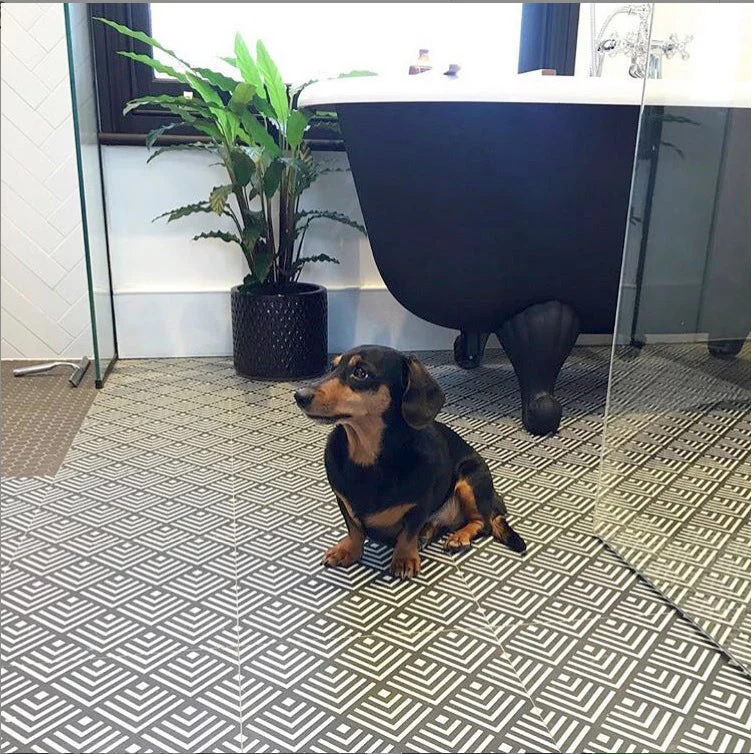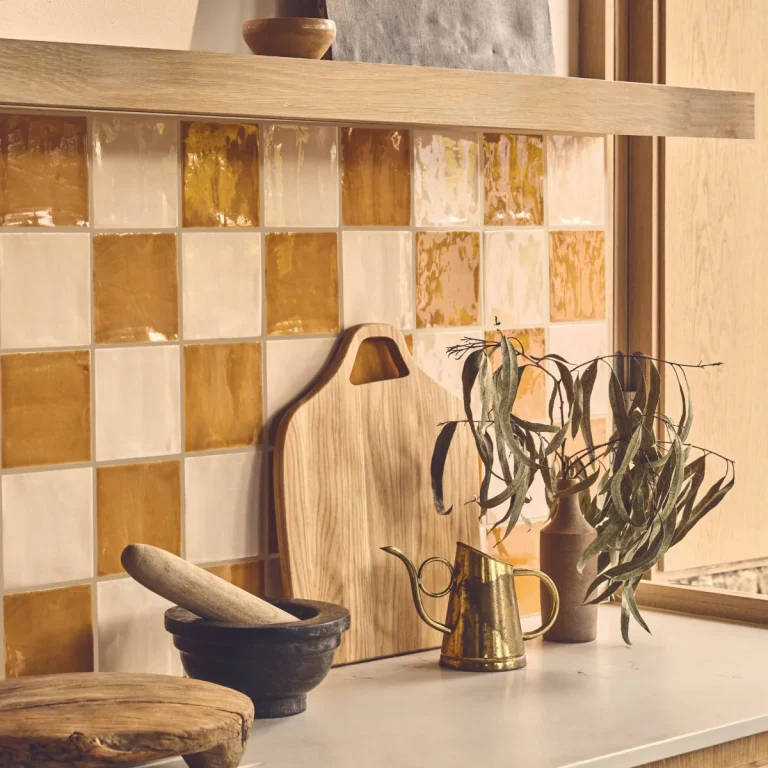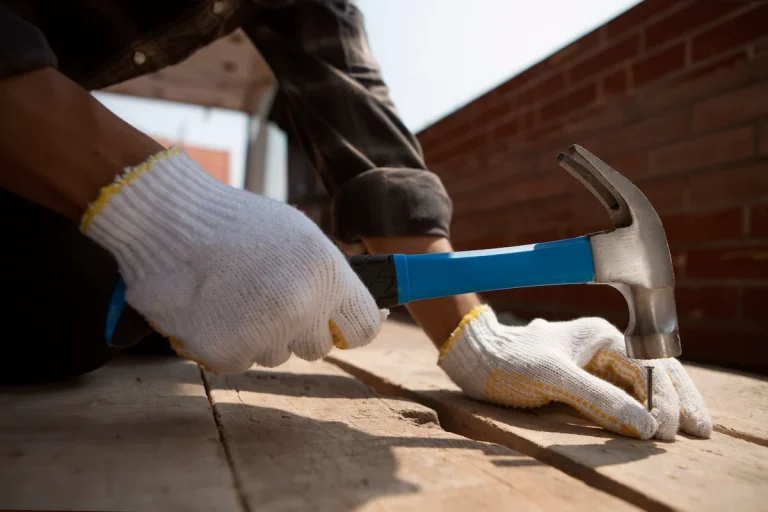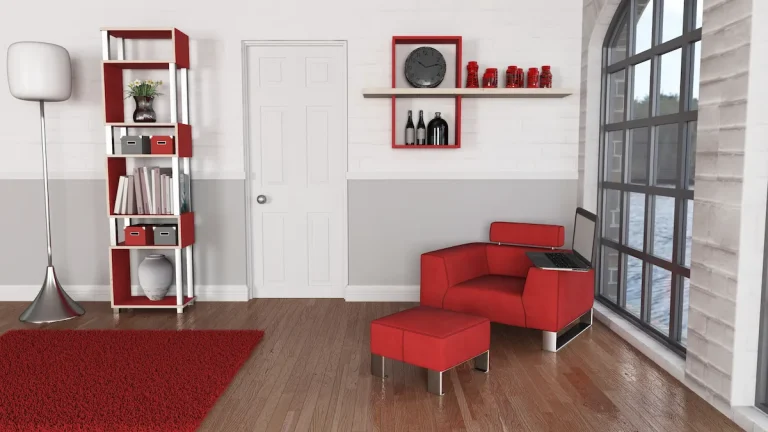Luxury Vinyl Tile (LVT) is a stylish and practical flooring option, but installation can come with challenges. Common problems with LVT installation include gapping, adhesive failure, and uneven subfloors. In this guide, we’ll cover these issues and offer clear solutions to help ensure a smooth, long-lasting finish.
Problems with LVT Installation and the Solution
Luxury vinyl tile (LVT) is a durable, stylish, and affordable flooring option that continues to gain popularity. However, achieving a flawless installation requires proper planning and attention to detail. In this guide, we explore common problems with LVT installation, their causes, and the best solutions to ensure a long-lasting and beautiful floor.
1. Uneven Subfloors
An uneven subfloor is one of the leading problems with LVT installation, causing tiles to crack, lift, or become misaligned.
To address this:
- Use a self-levelling compound to even out low spots.
- Grind down any high areas for a smooth surface.
- Ensure a proper moisture barrier is installed to prevent warping.
Thorough preparation of the subfloor is essential to avoid these costly and frustrating issues.
2. Adhesive Failure
Problems with LVT installation and the solution often revolve around improper adhesive use or environmental factors that affect bonding.
To solve this:
- Choose the correct adhesive (e.g., pressure-sensitive for flexibility or wet lay for durability).
- Control moisture levels by using dehumidifiers or moisture barriers.
- Clean subfloor surfaces thoroughly before applying adhesive.
Using the correct adhesive and ensuring a controlled environment can drastically improve the life of your LVT flooring.
3. Gapping and Buckling
Lack of acclimatisation and inconsistent temperature or humidity levels can lead to gapping and buckling—common problems with LVT installation.
To avoid this:
- Acclimatise LVT planks for 48–72 hours before installation.
- Maintain room temperatures between 18°C and 29°C.
- Keep humidity levels between 30% and 50%.
Proper environmental control reduces the risk of flooring distortion post-installation.
4. Peaking at the Seams
Peaking occurs when tiles lift at the seams due to insufficient expansion gaps or sudden temperature changes.
Prevent this by:
- Leaving expansion gaps around the room perimeter.
- Using high-quality adhesive.
- Ensuring proper acclimatisation of flooring materials.
This solution helps maintain the stability and appearance of your LVT over time.
5. Scratches and Surface Scuffs
Although LVT is durable, it is still vulnerable to surface damage from foot traffic, furniture, or pets.
Prevent this by:
- Using felt pads under furniture.
- Sweeping or vacuuming regularly.
- Mopping up spills quickly.
- Applying a protective sealant.
These protective measures can help preserve the floor’s finish and extend its lifespan.
What Causes These Problems?
Understanding the root causes of these problems with LVT installation is key to avoiding them. Most issues stem from improper preparation, poor materials, or unsuitable environmental conditions.
1. Poor Subfloor Preparation
Neglecting to prepare the subfloor can result in uneven surfaces, poor adhesion, and eventual tile damage.
Solution:
- Clean and level the surface.
- Address moisture issues.
- Use underlayment if needed.
A clean, even subfloor is critical for a successful installation.
2. Incorrect Adhesive Application
Using the wrong type or amount of adhesive is a common cause of installation failures.
Solution:
- Select adhesive suitable for both your LVT type and environmental conditions.
- Apply evenly using a notched trowel.
- Follow manufacturer guidelines for drying and curing.
This ensures a strong and lasting bond.
3. Inadequate Acclimatisation
Installing LVT without allowing it to acclimatise can cause warping and separation.
Solution:
- Let tiles rest in the installation space for 48–72 hours.
- Maintain stable temperature and humidity.
This helps the material adjust to its environment, reducing post-installation issues.
4. Low-Quality Materials
Budget flooring and adhesives may save money initially but lead to faster wear and costly repairs.
Solution:
- Choose premium-grade LVT and recommended adhesives.
- Research brands and product reviews before purchase.
Investing in quality materials is essential for long-term satisfaction.
How to Fix LVT Installation Problems
Once you’ve identified the issue, it’s time to apply solutions. Here’s how to resolve problems with LVT installation and the solution for each one.
1. Sand and Level the Subfloor
To correct uneven floors:
- Sand down high areas.
- Use a levelling compound for low spots.
- Let materials dry fully before laying tiles.
This creates a smooth, stable foundation for your flooring.
2. Reapply or Replace Adhesive
To fix lifting tiles:
- Remove affected tiles.
- Clean the area thoroughly.
- Reapply the appropriate adhesive.
Ensure curing time is followed to restore full bond strength.
3. Replace Damaged Planks
For visible wear or damage:
- Carefully cut out and remove damaged tiles.
- Fit and glue replacement tiles securely.
- Allow time for proper bonding.
This approach restores both function and appearance.
4. Apply Protective Coatings
To prevent further surface damage:
- Use urethane, acrylic, or epoxy coatings.
- Apply evenly with a roller or brush.
- Allow full drying time.
Protective coatings provide added durability and enhance shine.
Conclusion
Problems with LVT installation can range from subfloor issues to adhesive failures and environmental challenges. However, with the right approach and attention to detail, most of these can be prevented or resolved. By preparing your subfloor properly, selecting the right materials, and managing the environment, you can ensure a smooth and professional installation.
For long-lasting and beautiful results, always invest in high-quality LVT and follow expert installation practices.
Looking to upgrade your space with high-quality LVT flooring? Explore the premium selection of Luxury Vinyl Tile (LVT) at TEKA Flooring. Our durable, stylish luxury vinyl tiles come with expert advice and professional fitting services to help you avoid installation pitfalls. Visit our blog for more insights and make your flooring project a success with TEKA Flooring.
Read also:


























